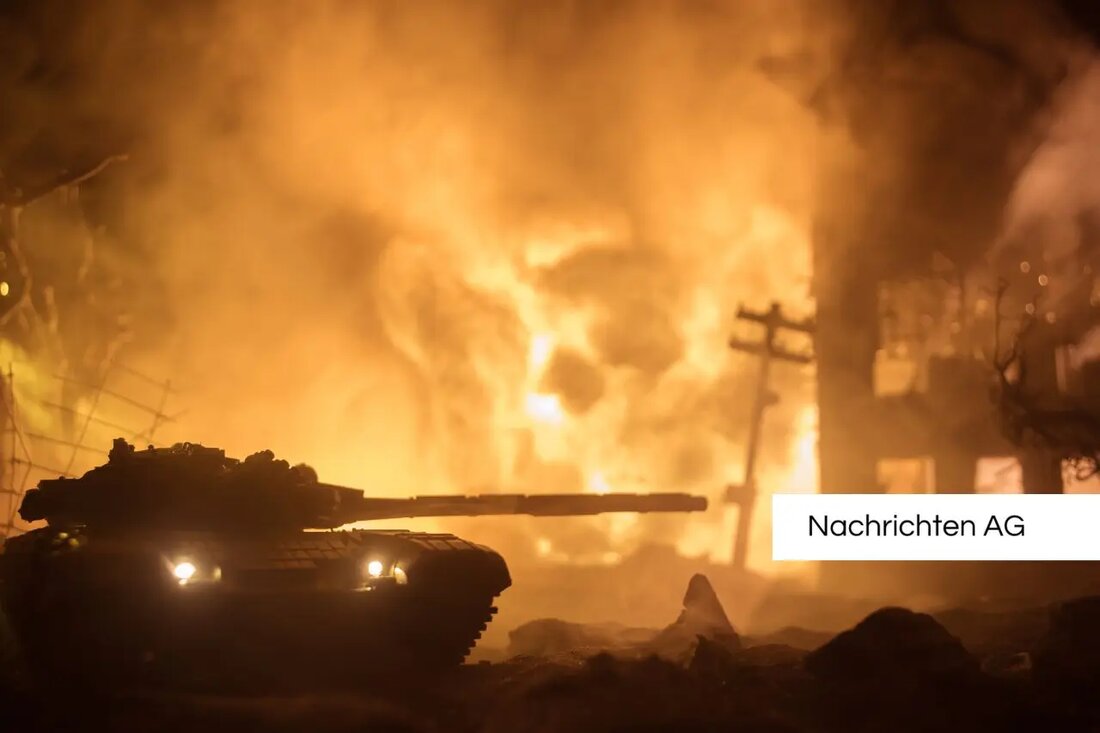Trecutul întunecat al lui Dortmund: amintiri de rezistență și persecuție
Trecutul întunecat al lui Dortmund: amintiri de rezistență și persecuție
Pe 12 aprilie 2025, evenimentele care înconjoară eliberarea orașului vor fi urmărite în Dortmund de regula nazistă în istoricul Live Ticker. Acest ticker live, care se ocupă de evenimentele din aprilie 1945, este actualizat cu rapoarte istorice, semne de martori contemporane, jurnale, filme și fotografii. Dortmund started taking on April 6, 1945 and dragged on for over a week. În acest timp au existat faze mai lungi fără actualizări, deoarece aliații au avut nevoie de timp, mai ales în primele zile ale ofensivei, pentru a cuceri orașul. There are uncertainties about the exact times of the individual events that make a precise chronology more difficult.
Die History of Dortmund during this time is characterized by serious and tragic events. On March 7, 1933, the swastika flag was raised on the Dortmund town hall, which marks the beginning of a dark era in the city. In the following years, Dortmund took a critical look at his past. These include the memorial in the Bittermark and the exhibition "Resistance and persecution in Dortmund from 1933 to 1945". Many roads were renamed; For example, the Rathenau-Allee of the Adolf Hitler-Allee fell victim to, and Stresemannstrasse was renamed Göringstrasse.
repression and persecution in Dortmund
National Socialist rule brought serious changes for Dortmund. All democratic and socialist newspapers were banned; The "Dortmund General-Anzeiger" was confiscated. City councilors of the KPD and SPD suffered persecution, were abused or taken in "protective custody". When Adolf Hitler was appointed honorary citizen of Dortmund on April 20, 1933, this honor was revoked after the war.
Rezistența la regimul nazist a însemnat că Dortmund a fost nepopular în conducerea națională socialistă. Over 30,000 political opponents were detained in the "Steinwache" Gestapogen prison. The Jewish population was systematically excluded; Around 2,000 of the 4,500 Dortmund Jews fell victim to the concentration camps. The first deportation of over 1,000 Jews to Riga took place on January 27, 1942; The last deportation took place on February 13, 1945 to Theresienstadt. Relatives of minorities such as Sinti and Roma were also persecuted and deported, which led to a cultural and economic decline in the city.
war and destruction
Dortmund was severely affected by bombing during the Second World War. A total of six attacks took place by March 12, 1945, which cost around 6,000 civilians and forced laborers. The city center was destroyed by 95 percent, which brought the urban infrastructure to collapse. When the Americans reached the city on April 13, 1945, they found a devastated rubble chaos.
Guvernul militar britanic și părți ale administrației orașului au început să se gândească la o reproiectare a orașului în afara nucleului istoric. This was a first step into the future after the darkness of the Nazi era had been thrown over Dortmund. Amintirea acestei perioade este trecută de diverse inițiative din oraș pentru a nu repeta greșelile trecutului și a atrage lecțiile din acesta.
| Details | |
|---|---|
| Quellen | |


Kommentare (0)